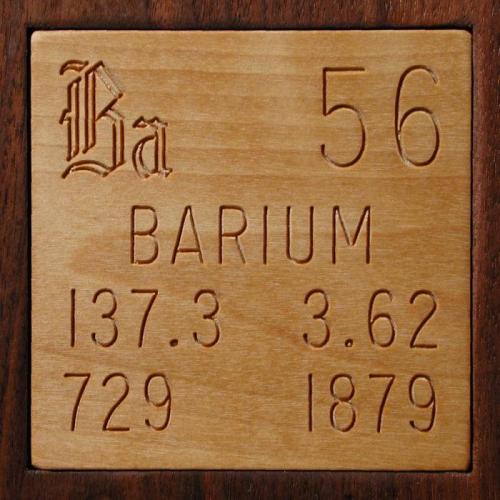  Superconducting powder. Superconducting powder.
This is a small vial of superconducting yttrium-barium-copper-oxide powder. Normally this type of material is seen pressed into pellets that can be used to levitate magnets or perform other superconducting experiments. Background information from the source:Yttrium barium copper oxide was discovered in the late 1980's as being the first known substance to exhibit superconductivity above 77 Kelvin (-321\272F, -195C) outside of a mind-meltingly strong magnetic field. In the grand scheme of things, 77 Kelvin is a completely random value--it has no greater cosmic meaning, it's not an ultimate limit that contradicts some obscure physics theory, nothing like that. Rather, 77 Kelvin is the boiling point of nitrogen. The significance is simply that with the discovery of this material, superconductivity was a phenomenon that suddenly emerged from the realm of "laboratory curiosity" into the wide bright world of "industrially and economically feasible," using liquid nitrogen as a coolant. Previously, liquid hydrogen or liquid helium were necessary to access the temperatures at which superconductivity could be observed (outside of that frog-levitatingly strong magnetic field), both of which are at least an order of magnitude more expensive than liquid nitrogen.
The next breakthrough of the same significance would be the discovery of superconductivity at 194 Kelvin, the temperature of dry ice, which at the time of this writing, is not too far from realization (the current recordholder is 138 Kelvin, using a precise composition of Mercury Thallium Barium Calcium Copper Oxide...nice and toxic too). As a result, it is one of the most popular fields in materials and physics research today, which leads to samples such as this one.
However, the superconductive properties of YBCO depend intimately on the exact composition, which is never stoichiometric (integer values for the elemental subscripts). At the most basic level, special methods of synthesizing and altering this compound are used to add and subtract oxygens, which changes the valence state of copper so that different valence states are scattered through the material. Interestingly, the actual cause and mechanism of superconductivity is extremely complicated, and not known precisely. But researchers in a laboratory would likely take this sample, and use it in either a oxidizing or deoxidizing process to create exactly the composition they desired for whatever phenomena they were investigating.
Gentlemen, start your measurements!
Source: Anonymous
Contributor: Theodore Gray
Acquired: 27 December, 2008
Text Updated: 1 March, 2009
Price: Anonymous
Size: 1"
Composition: YBa2Cu3O7
|
| 
|
|